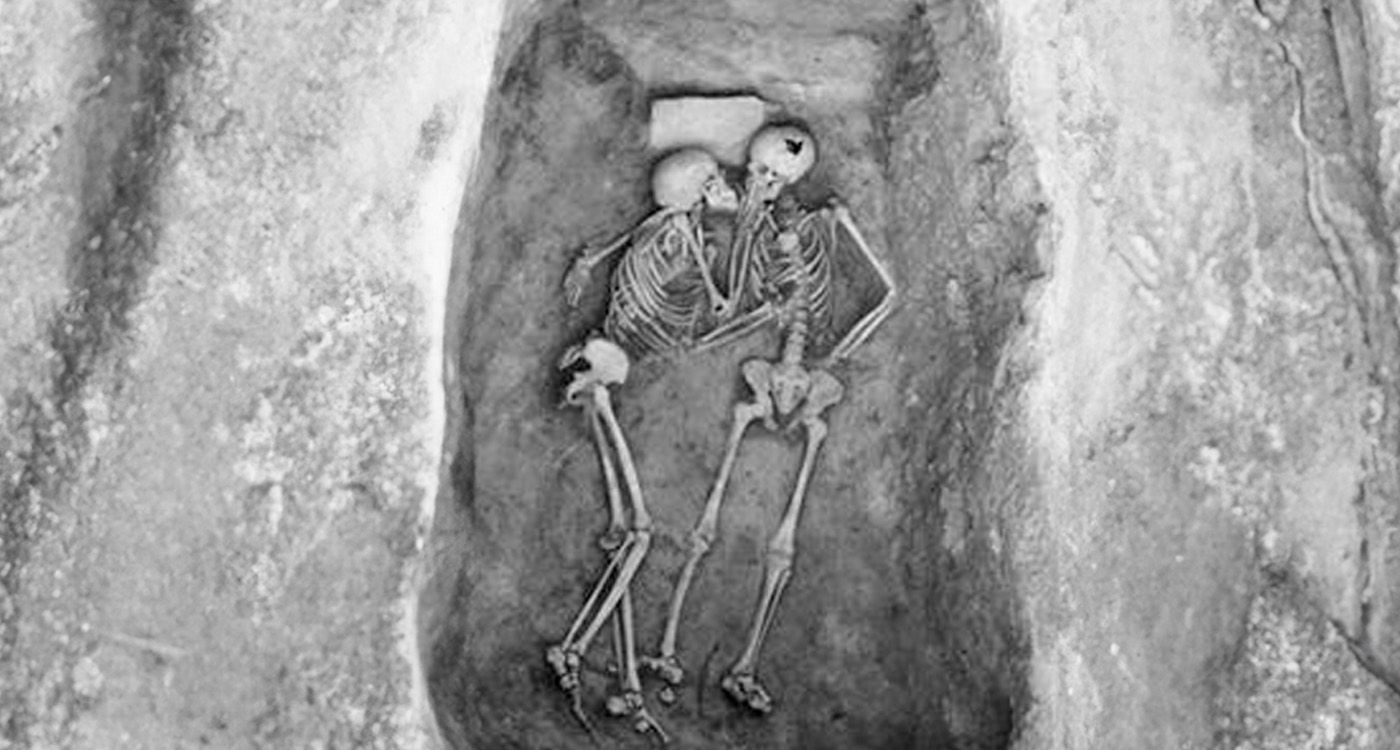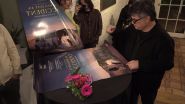
A timeless embrace, one final act of defiance against death. Who were the Hasanlu Lovers, locked in each other’s arms for eternity? Their discovery challenges everything we thought we knew about love and humanity in the ancient world.
In 1973, a team of archaeologists excavating the ancient site of Teppe Hasanlu in Iran uncovered a discovery both startling and poignant. Amid the ruins of a city destroyed around 800 BCE, two skeletons lay locked in a final embrace, frozen in time by tragedy. Known as the Hasanlu Lovers, their remains continue to spark debate about their identity, their relationship and the circumstances of their untimely death.
Hasanlu was once a prosperous city in northwestern Iran, nestled along the shores of Lake Urmia. For centuries, it stood as a crossroads for conflict and cultural exchange, until a devastating attack around 800 BCE. Invaders, possibly the Urartians or Assyrians, descended with brutal force, reducing the city to ashes and forcing its inhabitants to flee or face annihilation.
The remains uncovered by the American archaeological team, led by Robert Dyson, reveal the full extent of the attack's violence: buildings burned to the ground, valuable objects left behind in haste and unburied bodies scattered in the streets. Yet, it was the discovery of the lovers that sparked researchers’ intrigue.
Two Men Entwined in Death
Initially thought to be the remains of a man and a woman, further osteological analysis revealed that both skeletons were those of men. The younger of the two, labeled SK 335, was between 19 and 22 years old, while the older one, SK 336, was estimated to be 30 to 35 at the time of death.
Their position is striking. The two men lie side by side in a bed of plaster and mud bricks, with one man's hand gently touching the other's face, frozen in what seems to be a desperate embrace. Surprisingly, no visible injuries can explain their deaths. The most likely explanation is that they died from asphyxiation, perhaps seeking refuge in this confined space as they attempted to escape both the attackers and the raging flames.
Beyond the tragic circumstances of their death, it is the nature of the bond between these two men that raises the most compelling questions. Were they lovers, friends or perhaps comrades-in-arms? While a romantic relationship between two men may seem revolutionary for the time, it is not outside the realm of possibility. In the ancient world, physical affection was not always tied to romance or sexuality. However, if their bond was indeed romantic, it would offer an incredibly rare and valuable insight into the diversity of emotional connections in the ancient world, at a time when written records remain silent on such matters.
A Glimpse Into Forgotten Fates
Archaeology holds a unique power: the ability to give a voice to those overlooked by history. It can bring to life the forgotten stories of ordinary people whose lives were abruptly cut short by the ravages of war and invasion. The Hasanlu Lovers are more than just anonymous skeletons, they embody all the broken destinies, the bonds formed against all odds and the lives interrupted in their youth.
Their image, often compared to the famous Lovers of Pompeii, forever preserved in the ashes of Mount Vesuvius, left a lasting impression on the collective imagination. For years, their story was displayed at the Penn Museum in Philadelphia, stirring deep emotion that reached far beyond the academic world.
Despite numerous studies, the Hasanlu Lovers remain shrouded in mystery. DNA analysis has not provided definitive answers regarding their familial relationship, leaving room for speculation. Some researchers proposed the possibility of a same-sex couple, while others suggest a strong fraternal or platonic bond.
Regardless of the truth, their eternal embrace stands as a powerful testament to the resilience of human bonds in the face of adversity. In their final moments, as their city fell to invading forces, these two men found solace in each other’s arms, sharing one last act of comfort and love.
Perhaps the greatest lesson these two souls, forever entwined in the ruins of Hasanlu, offer us across the millennia is the enduring power of connection and affection.





Comments